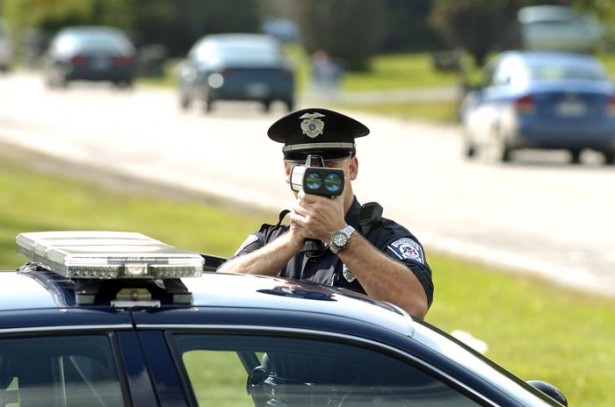Many drivers have been guilty of using their smartphone while driving. Due to a growing number of accidents, injuries and deaths, ad campaigns targeting motorists texting behind the wheel have become ubiquitous and are aimed at creating awareness of the dangers that such practices pose to everyone.
With the back to school season finally here, the Canadian Automobile Association (CAA) Manitoba and with the assistance of the Winnipeg Police performed its fourth annual Back to School Safety Assessment, which is meant to scrutinize the driving behavior of Manitobans and present the public with various hazardous, unsafe driving habits.
On Wednesday, three schools were the target of the two-hour safety blitz. This assessment consisted of police officers checking for speeds, while CAA representatives and school volunteers examined an assortment of behaviors of individuals, including texting while driving, applying makeup and passing school buses – pedestrians were also monitored.

According to the CAA’s findings, there were 1,531 infractions, including distracted driving (98 instances), failing to stop at a stop sign (346 instances), speeding (172 instances), unsafe drop-offs (56 instances) and much more, reports CBC News. This year’s infractions are somewhat lower than last year’s 1,600-plus violations.
Furthermore, there were other bizarre driving behaviors taking place throughout the safety blitz, such as pedestrians texting while crossing the street, motorists taking up two lanes of traffic, a female driver brushing her teeth, a man riding a bike with a child in the basket (neither were wearing helmets) and a car parked at school with all four doors open as children exited the vehicle without looking for traffic.
Despite the fact that distracted driving has been a major problem for law enforcement authorities, speed still remains problematic for the city of Winnipeg, even after speed limits were reduced to 30 km/h (18 mph) in more than 170 elementary school zones.
“It has been over a week that reduced speed limits in school zones have been in effect, but some motorists are still not getting the message,” said Mike Mager, president and CEO of CAA Manitoba, in a statement issued to the Winnipeg Sun. “Slowing down will make little difference in your commute, but could be the difference in life or death for a child.”
Experts say that lower speed gives drivers the time to react and stop for children who are crossing the street or playing in the street.
Mager added that people need to realize that they need to drive safe, especially in a school zone. This statement came as some motorists were trying to lower their fine based on a technicality – in some areas signs warning of a school zone are actually closer to the zone than the bylaw of 100 to 250 meters (328 to 820 feet).
“Well you know, I’d say it’s a bunch of garbage. I think that people need to recognize they’re speeding,” said the head of CAA Manitoba. “If you want to play on a technicality, you’re getting around the whole purpose of this, which is to be safe and drive safe in a school zone.”
Research has found that drivers are 23 times more likely to be involved in an accident or close to a crash when they text. Officials also say that speeding is still a major contribution to road accidents and deaths – a pedestrian hit at 50 km/h (31 mph) has an 80 percent chance of being killed.



